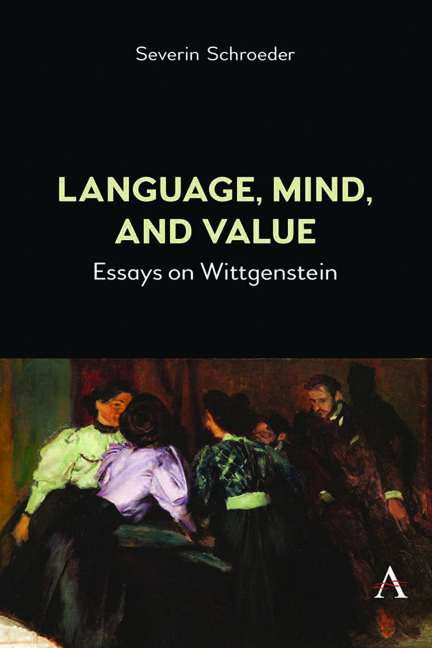4 - On Truly and Falsely Not Saying Anything: A Dissolutionof the Liar Paradox
Published online by Cambridge University Press: 13 April 2024
Summary
Wittgenstein was unimpressed by the Liar paradox:
Now suppose a man says “I am lying” and I say “Therefore you are not, therefore you are, therefore you are not …” – What is wrong? Nothing. Except that it is of no use; it is just a useless language-game, and why should anybody be excited? (LFM 207)
It is hard to dispute that it is indeed just an artificial and useless philosophers’ construction, irrelevant to the usefulness or ordinary applications of the words ‘true’ and ‘false’. And yet one cannot help agreeing with Turing's reply:
What puzzles one is that one usually uses a contradiction as a criterion for having done something wrong. But in this case one cannot find anything done wrong. (LFM 207)
Even if we’re not inclined to regard this little puzzle as a serious threat to our concept of truth, we’d like to have a clearer understanding of how it arises.
How to understand the words ‘true’ and ‘false’? Syntactic appearances suggest that, as adjectives, they denote qualities of objects, which we then construct by reifying propositions. We can, of course, put it like that, but it is rather misleading. After all, when you say, ‘This car is very expensive’, and I reply, ‘That's true’, I haven't changed the subject, as the superficial analysis would suggest – namely, that you talked about a car, yet I talked about a proposition. No, if we consider the actual function of the words rather than their superficial syntactic appearance, we better say that ‘That's true’ is an expression of agreement, merely a stylistic variant of ‘Yes, indeed’, or ‘Yes, …’ followed by a repetition of the statement replied to.
Yet more needs to be said about embedded uses of the predicates ‘true’ and ‘false’. By saying, ‘If that's true, then my name is Jack Robinson’, I obviously do not express agreement with the statement in question. But we can hold on to the idea that here (as in the elementary case), saying ‘That's true’ amounts to repeating the claim in question.
Information
- Type
- Chapter
- Information
- Language, Mind, and ValueEssays on Wittgenstein, pp. 53 - 64Publisher: Anthem PressPrint publication year: 2024
